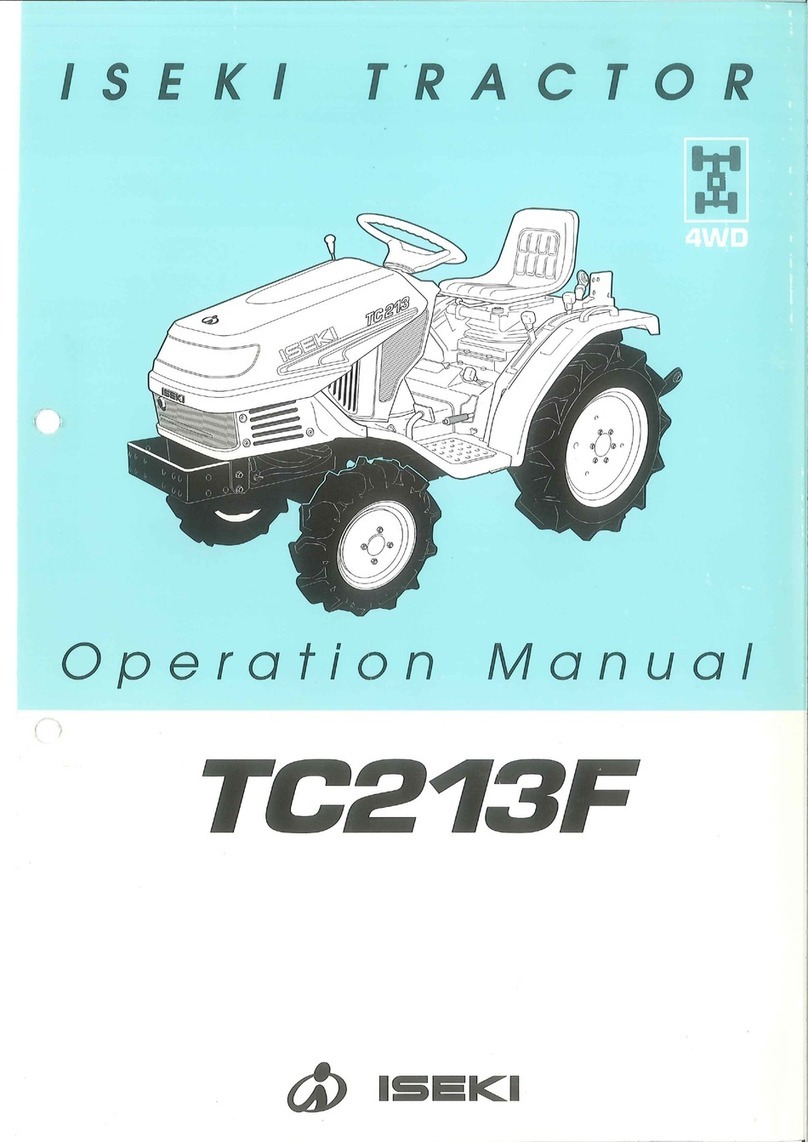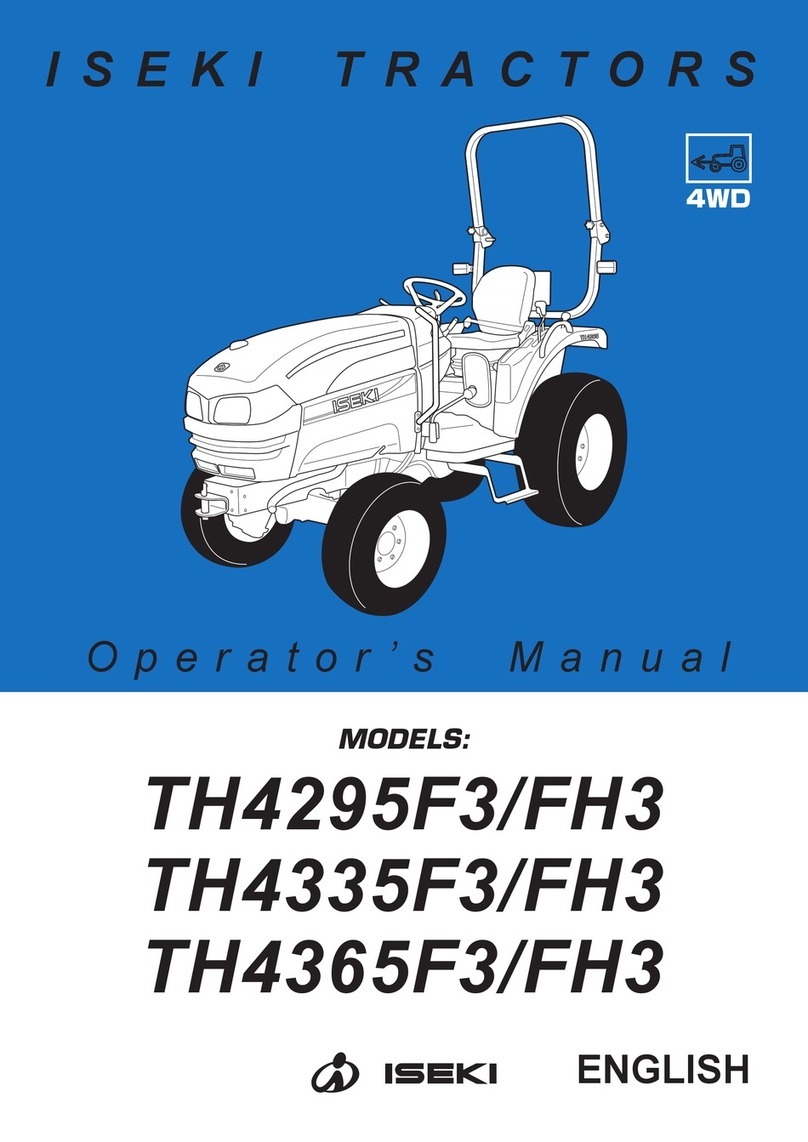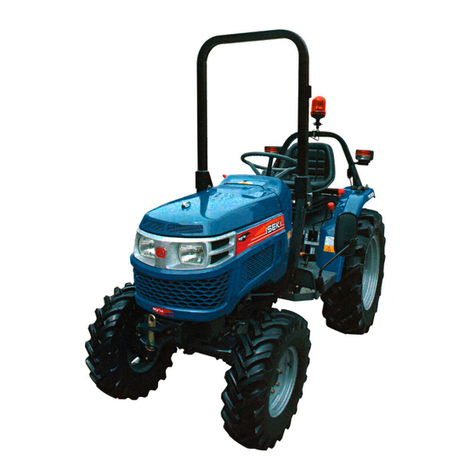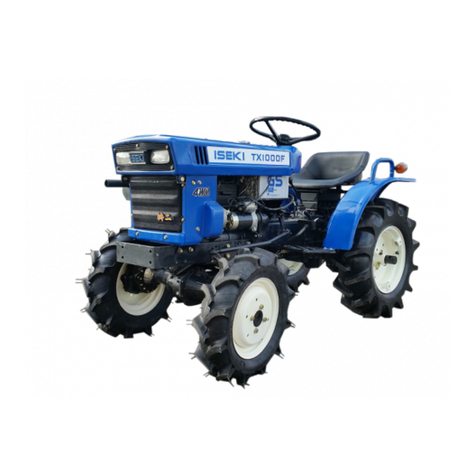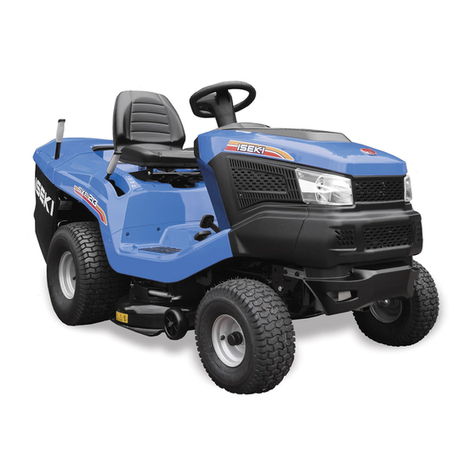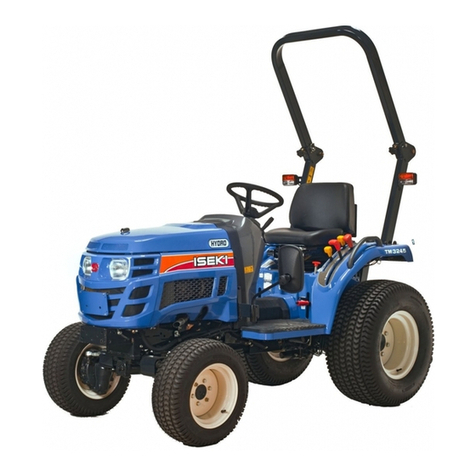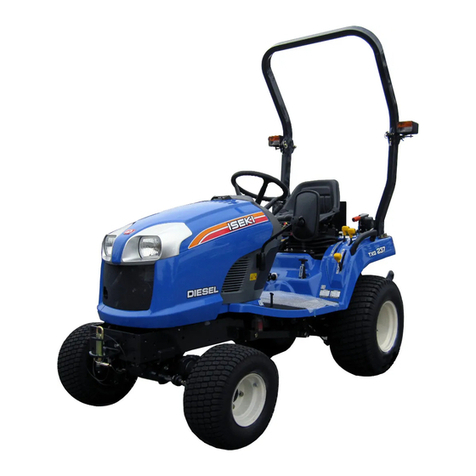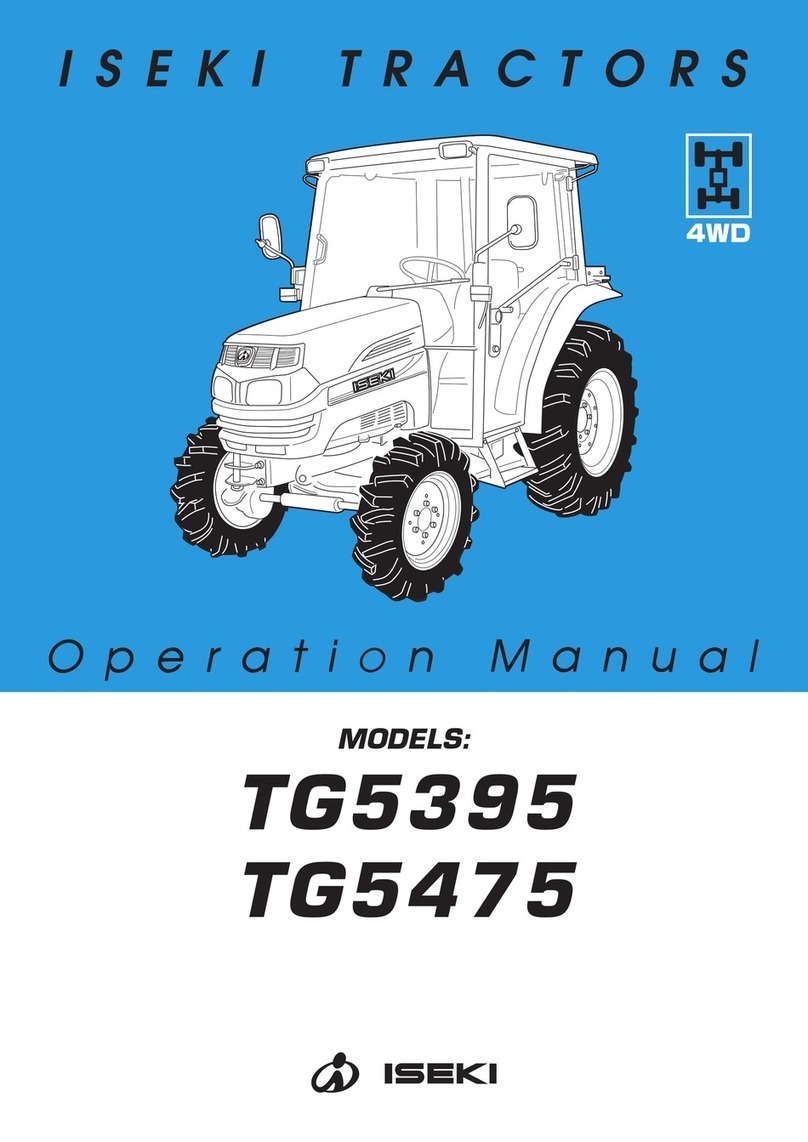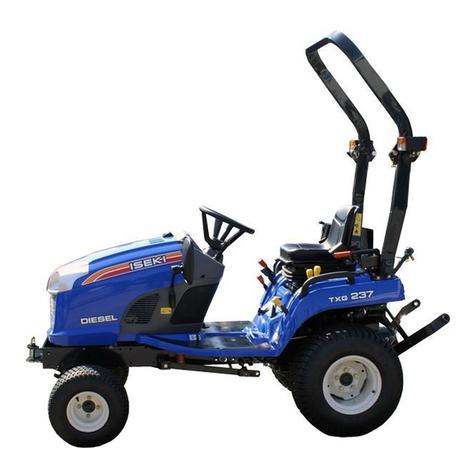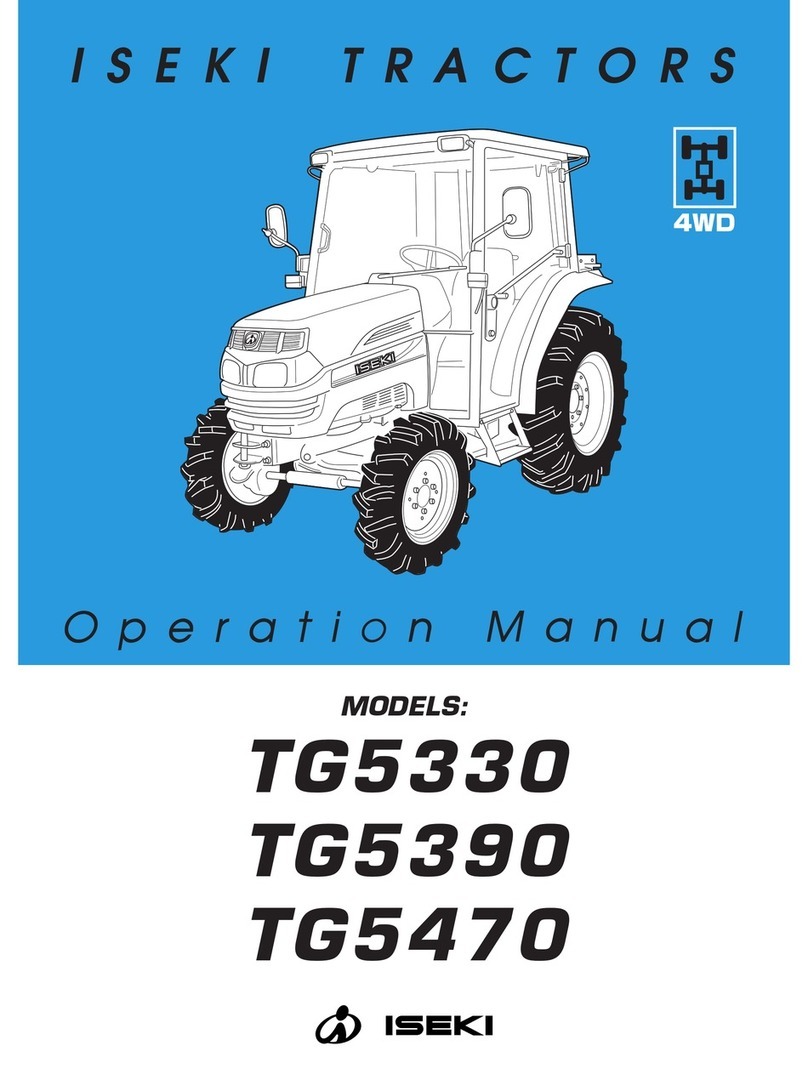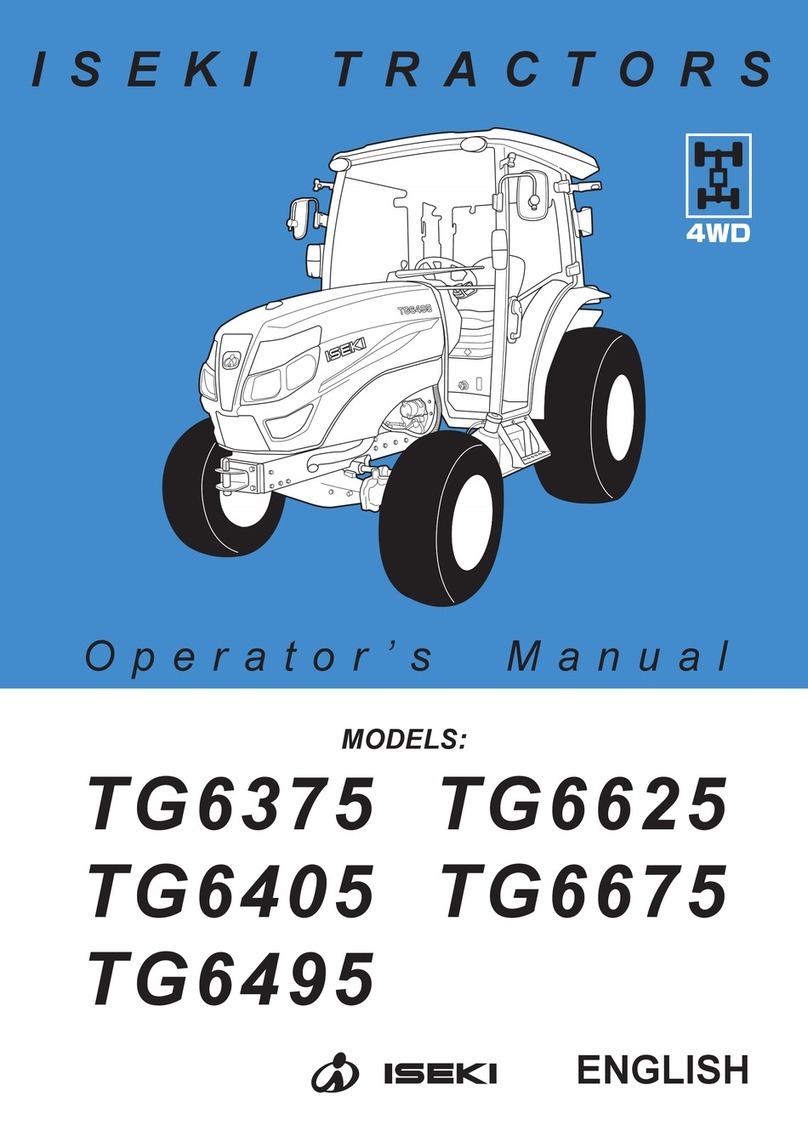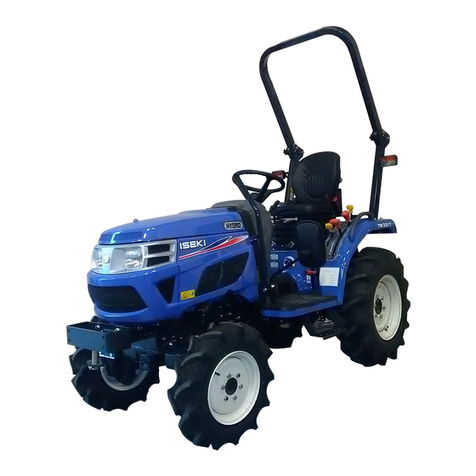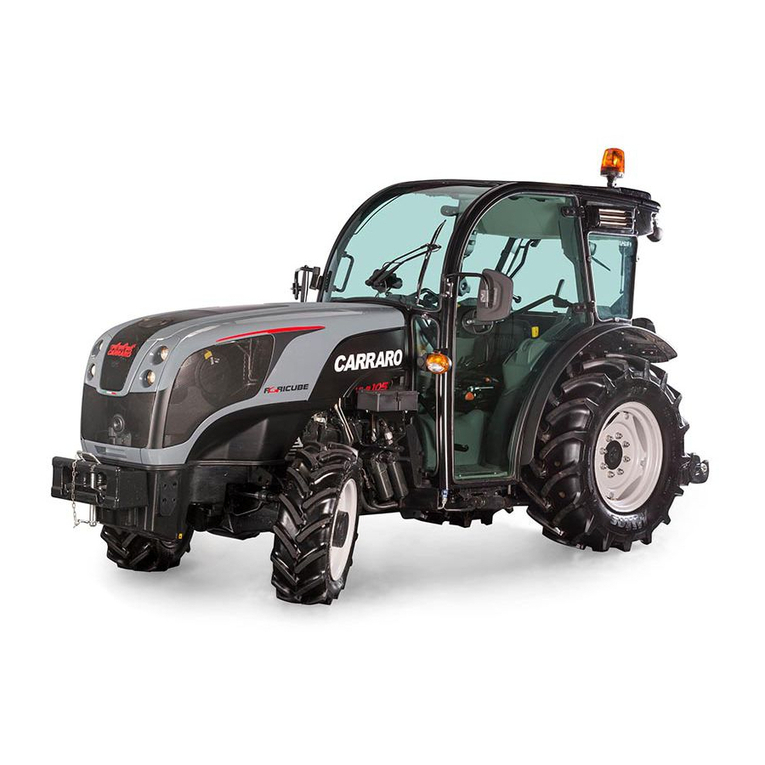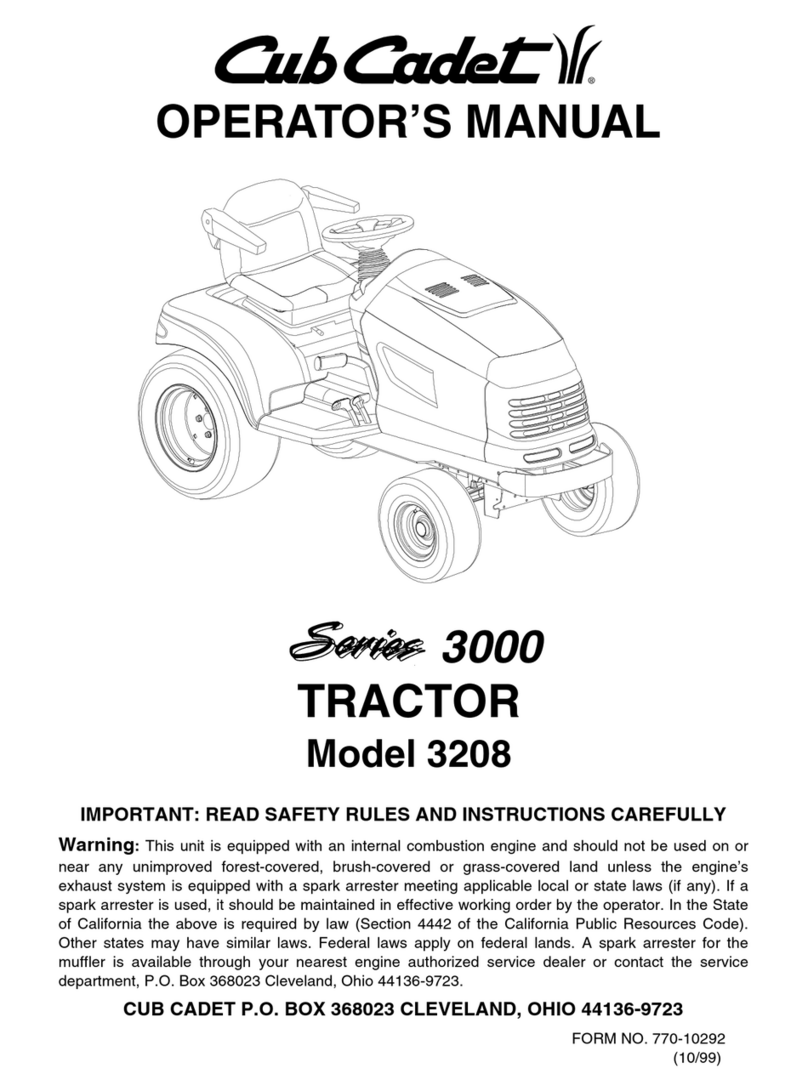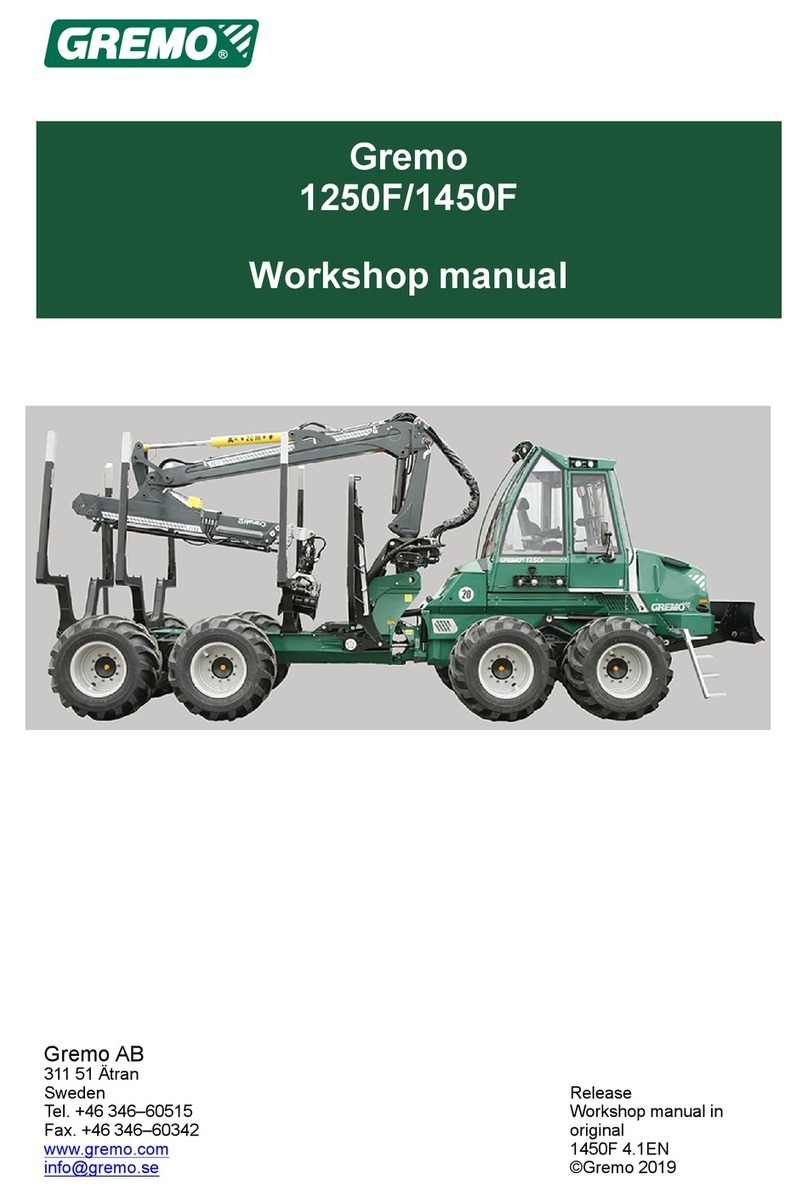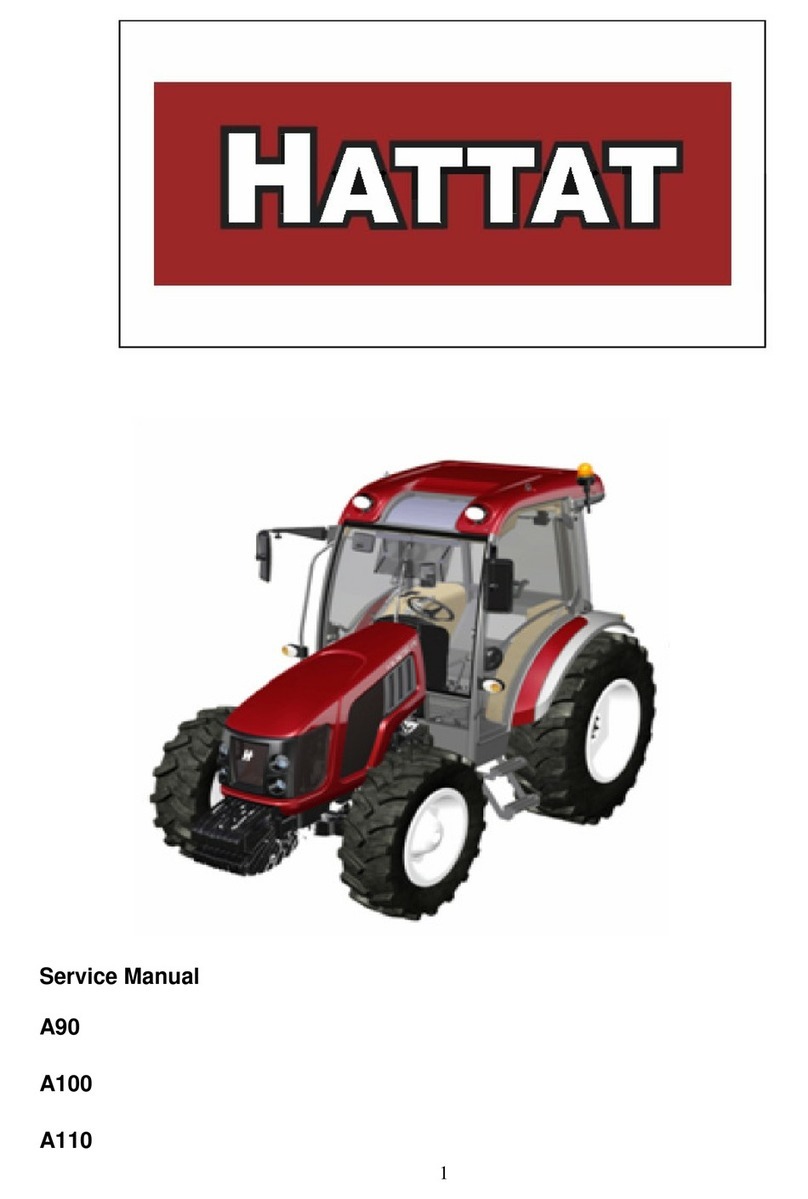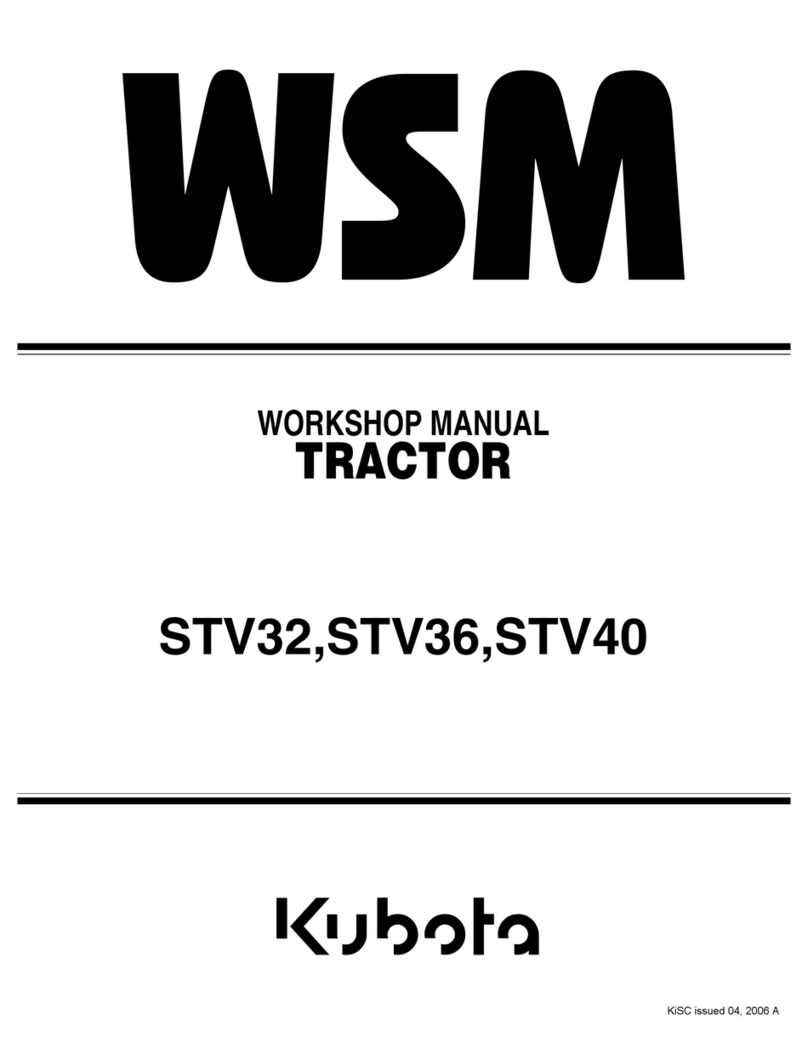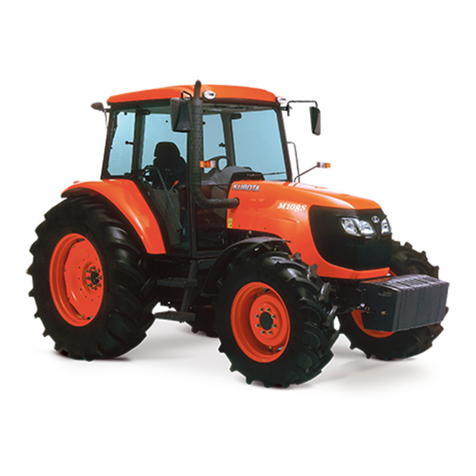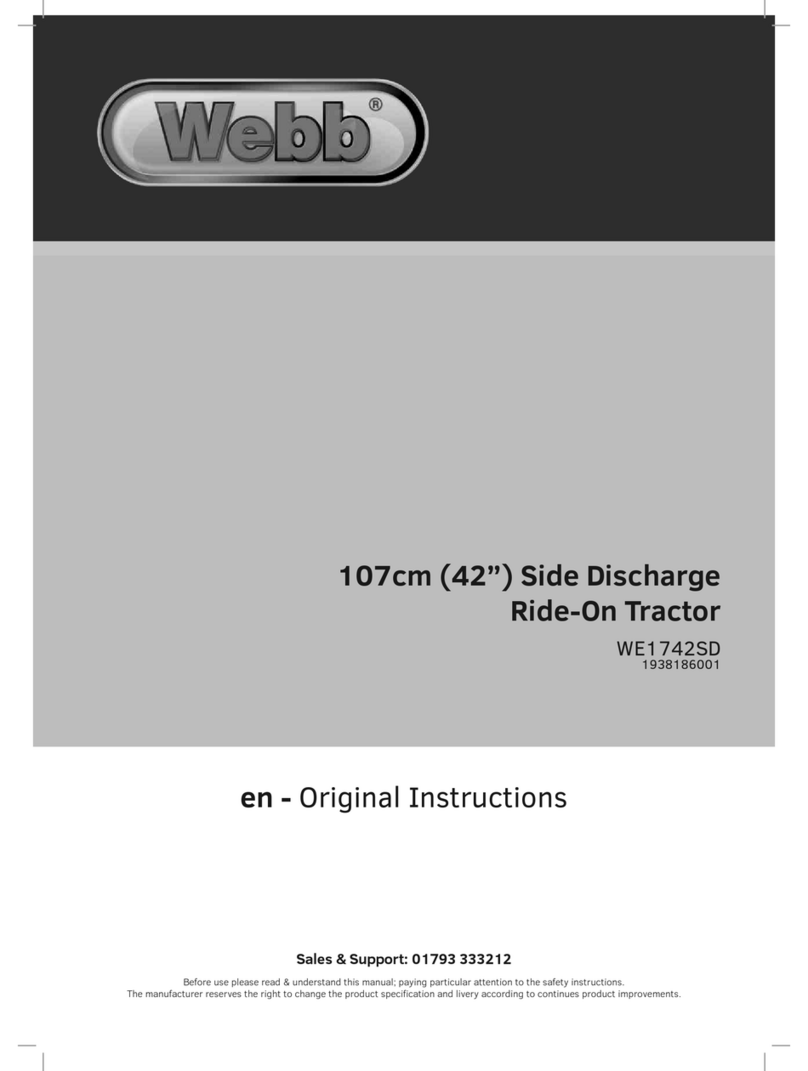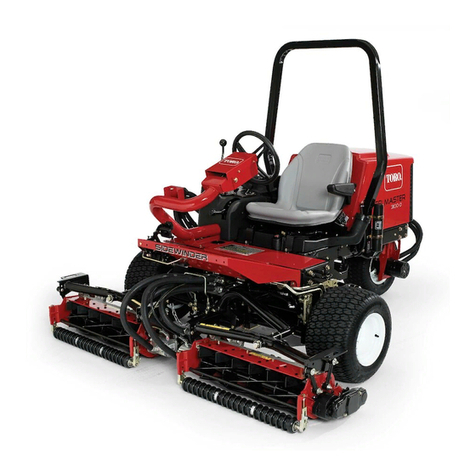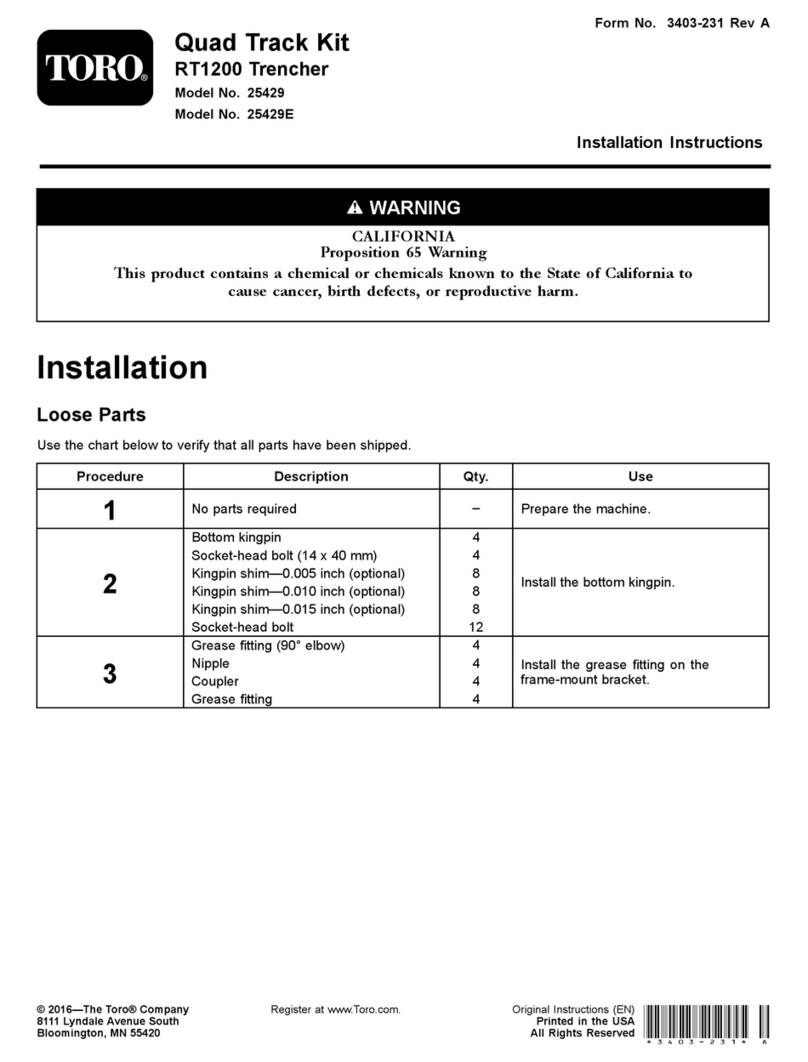
SAFETY
3
FOR SAFE OPERATION
■HOW TO BE A SAFE OPERATOR
(1) Familiarize yourself fully with machine controls by
studying the operation manual before using your
machine.
This operation manual should be regarded as
part of the machine. Suppliers of both new and
second-hand machines are advised to retain docu-
mentary evidence that this manual was provided
with the machine.
(2) Never allow persons listed below to operate the
machine.
If any work carried out by unauthorized persons as
below would affect the warranty on the machinery.
・Persons with mental disease
・Persons who cannot operate the machine properly
because of fatigue, illness, or drowsiness from
medication, etc.
・Pregnant women
・Young persons or children too young to legally
operate the machine.
Always be careful of your health by taking suitable
rest breaks.
(3) Wear appropriate clothing and other protective
devices during operation.
・Protection of your head
Wear protective headgear such as a helmet,
especially when traveling on roads or handling
material above your head.
・Protection to avoid being caught in the machine.
Wear tight fitting clothing and headgear, because
loose clothing or hair can get caught in the moving
parts of the machine.
・Protection from poisonous dust or gases
Be sure to wear a protective device to protect the
respiratory system, eyes, and skin when handling
poisonous chemicals on work with such a crop
sprayer, mounted or trailed.
・Protection of the ears
Wear ear plugs or take suitable countermeasures
to protect your ears when you must operate the
machine under extremely noisy conditions.
・Maintenance of protective devices
Periodically inspect protective devices to assure
that they are functioning properly. Use them at all
times.
FIG. 1
FIG. 2
FIG. 3

